
The Hillstream loach, also known as the butterfly loach, (Beaufortia kweichowensis) is a unique looking fish. It has a flattened body and fins that resemble wings giving it a ray-like appearance. This flattened body shape helps this tropical fish to deal with strong currents they experience in their natural habitat. These fish are sometimes called sucker fish because they attach their mouths to rocks, driftwood and even to the aquarium glass to eat algae.
In the wild, the hillstream loach is found in fast moving waters in Asia and China, and hobbyists will want to replicate these stronger currents at home if they want this fish to thrive. Certain varieties of this freshwater tropical fish, such as the reticulated hillstream loach, sport striking brown and green patterns, making them a very decorative addition to your aquarium.
Table of Contents
Habitat
The hill stream loach comes from streams and rivers that have a brisk current. The waters they inhabit in the wild are on the cool side (64˚-72˚ Fahrenheit) and medium to hard conditions with a pH neutral to slightly alkaline. Because these fish prefer cooler water temperatures, they may be more suited to a pond or a species-specific tank as opposed to a tropical community tank, which may require warmer temperatures.
Diet
As with most scavengers, the hill stream loach is an omnivorous, opportunistic feeder and will dine on whatever it can find, although algae that forms on river rocks make up a large portion of its diet. In the tank, they will eat algae, and you can supplement their diet with snacks of high quality flake foods, algae wafers, freeze-dried bloodworms or tubifex worms.
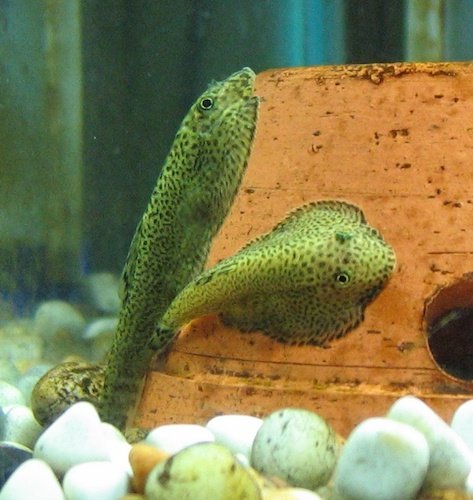
Tank considerations
The hillstream loach needs a little more care than other tropical fish. Because of the specialized conditions, it’s not recommended for the beginning hobbyist. These fish typically grow to about three inches, and are more comfortable in groups of three or more. It’s recommended that your tank be at least 30 gallons or larger. These fish require richly oxygenated water, and while some say you can get away with using a powerhead to create a current and aerate the water, others believe that your best bet is to install a river tank manifold. This piece of kit draws water from one end of the tank through intake sponge filters and shoots it in the opposite direction across the tank. This creates a current that mimics what these fish experience in the wild.
Since the hillstream loach dines on algae, you’re going to want to introduce them to a well-established, biologically sound tank. Since algae is a staple of the hillstream loaches diet, you’re going to also need adequate lighting to encourage the algae growth. Partial water changes should be done twice a week. And lastly, these fish are very sensitive to the buildup of nitrates, which means you’re going to have to be mindful of organic wastes in your tank, and make sure it’s kept clean.
If you have a community tank that meets the conditions to make this fish thrive, you won’t have too much to worry about as far as their tank mates are concerned. The hillstream loach is peaceful and minds its own business, although it will defend its territory, especially when food is involved. Most of their aggressive tendencies are directed towards their own kind and mainly when competing for food.
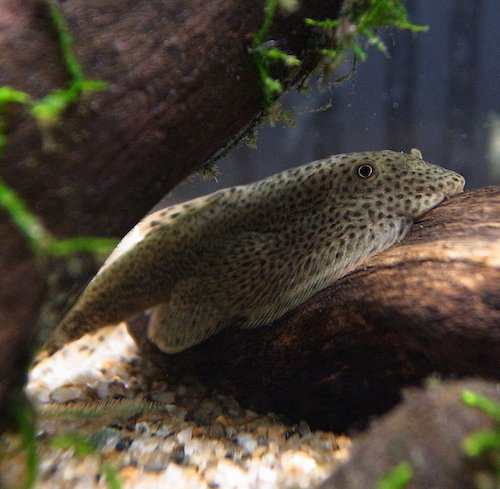
Health and Care
As mentioned, these fish hail from waters with cooler temperatures, so be careful not to put them in tanks where the temperature is consistently higher 75˚ Fahrenheit. Also, the water quality preferred by this tropical fish is pH neutral to slightly alkaline, and medium to hard.
You don’t have to go overboard with decorations to make these fish happy. Give them plenty of smooth river rocks and some driftwood where algae can grow and they’ll be happy. While the hillstream loach doesn’t encounter much vegetation in the wild, you can add plants that will thrive in cool, fast moving water such as Java moss and Java fern, although you might have to anchor these to the substrate because of the current.
Breeding
Breeding hillstream loaches can be difficult depending on which species you get, however, many experts say that in order to successfully breed these fish, they should be in a species only tank, which cuts down on predation on the young. If you do manage to get a pair to breed, be aware that some hobbyists report finding fry in canister filters because the eggs got sucked into the filter’s inlet. Because of this it’s recommended that you check your filters carefully during your routine maintenance.
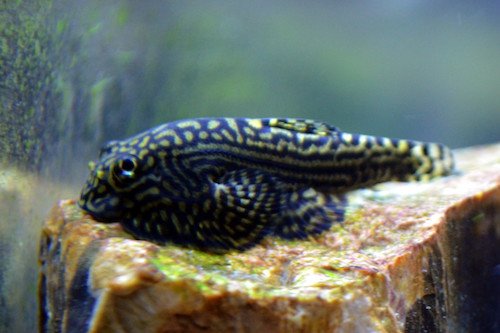
Summary
- Fish size: three inches
- Schooling: Prefers group of 3 or more
- Tank size: 30 gallons or more
- Diet: Omnivore
- Water temperature: 68˚-75˚ Fahrenheit
- Water pH: 7-8
- Water hardness: Medium to hard
- Breeding: Difficult
Hillstream loaches are beautiful and intriguing fish to keep and watch, however, because they need special care and attention, they’re not suited for the beginning hobbyist. Furthermore, while these fish can be kept in a community tank, it’s advised that they be kept in an environment created just for this species if you want them to thrive. With the proper care and attention, you can expect to enjoy these freshwater tropical fish to live anywhere from five to 10 years.
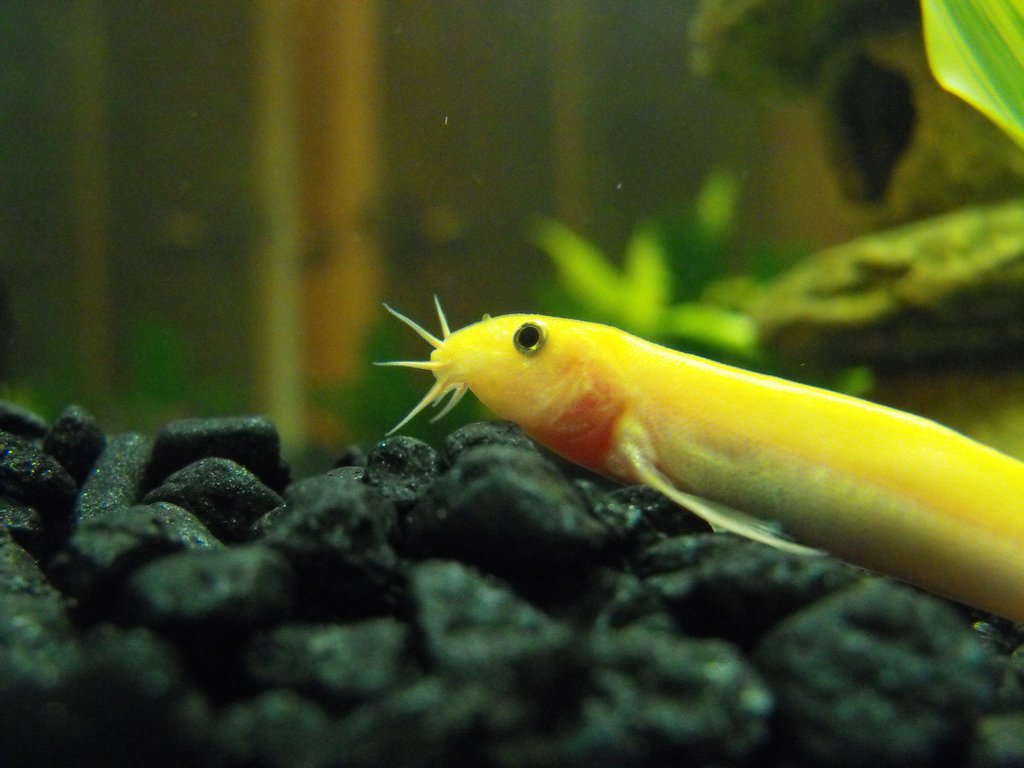
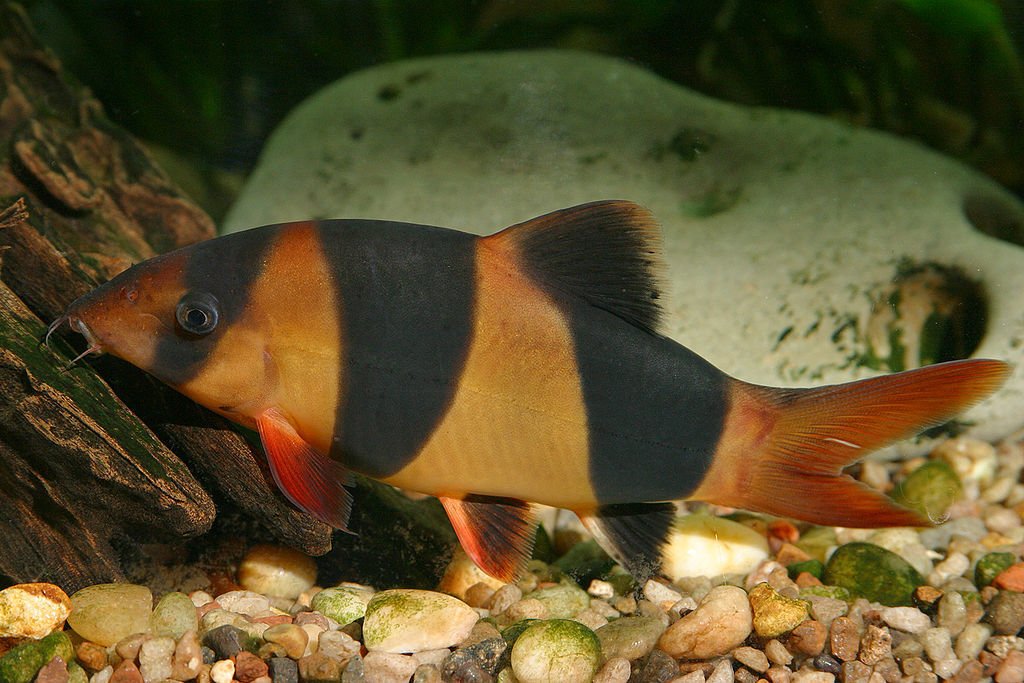

Leave a Reply